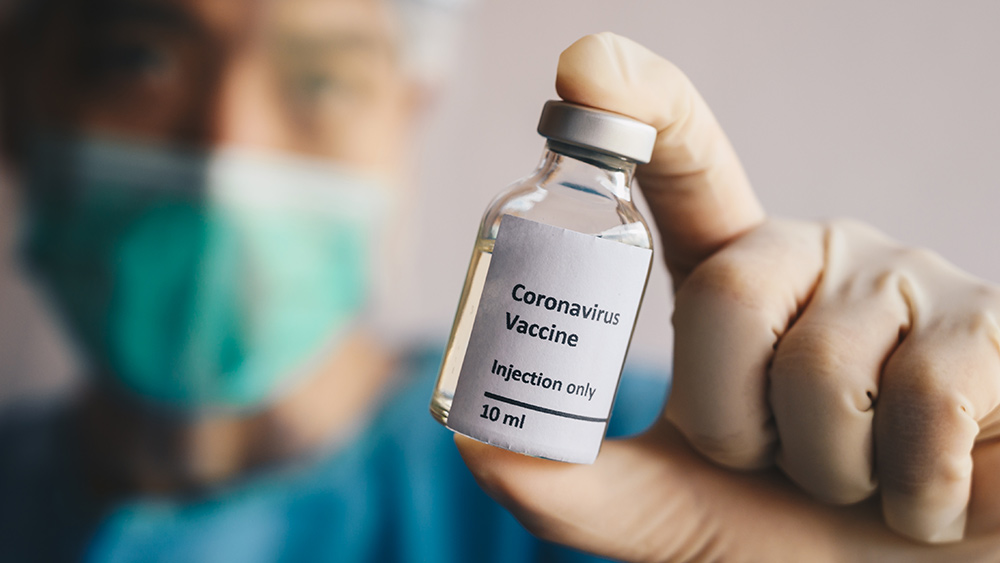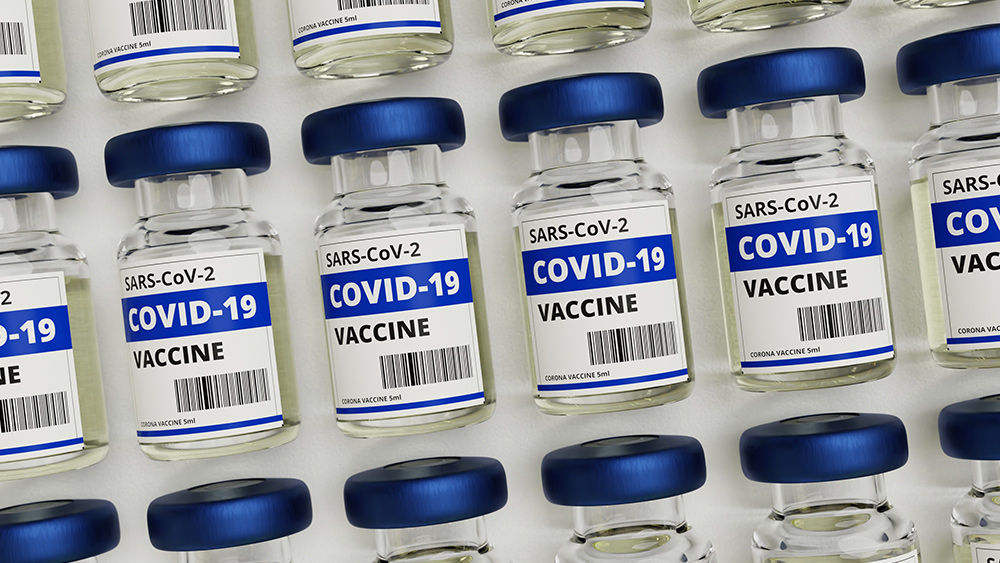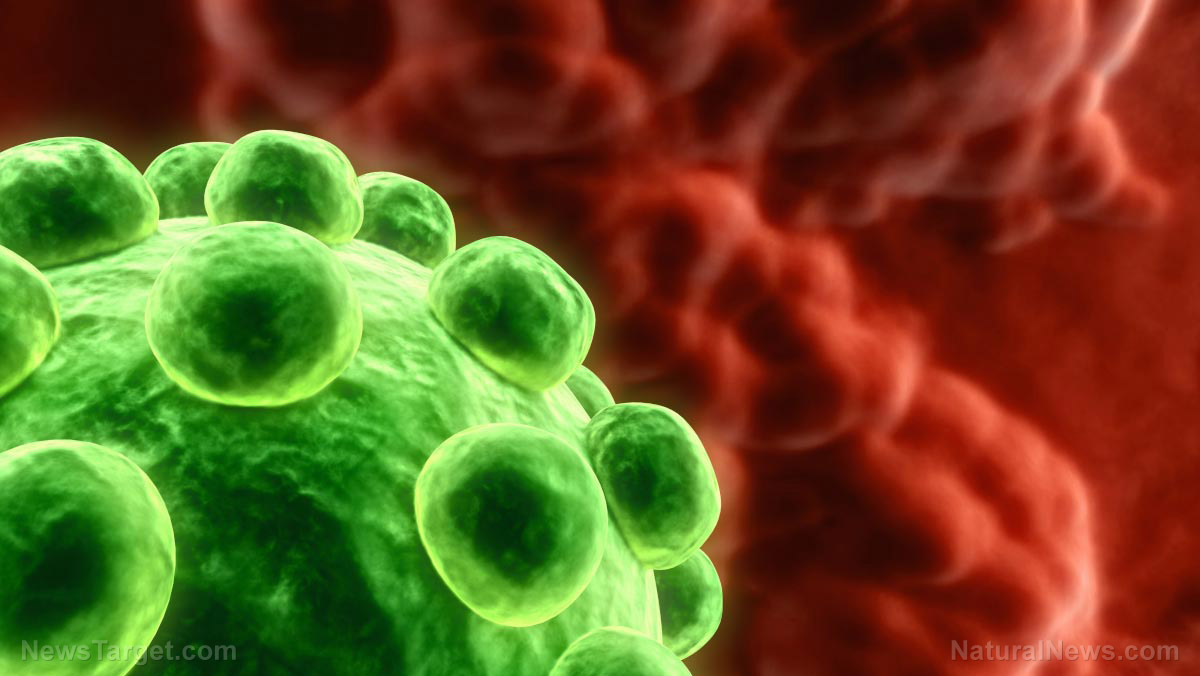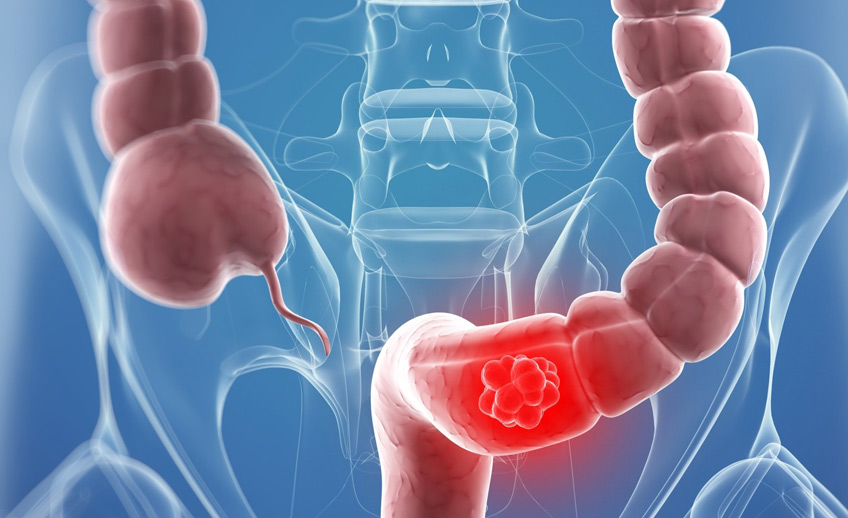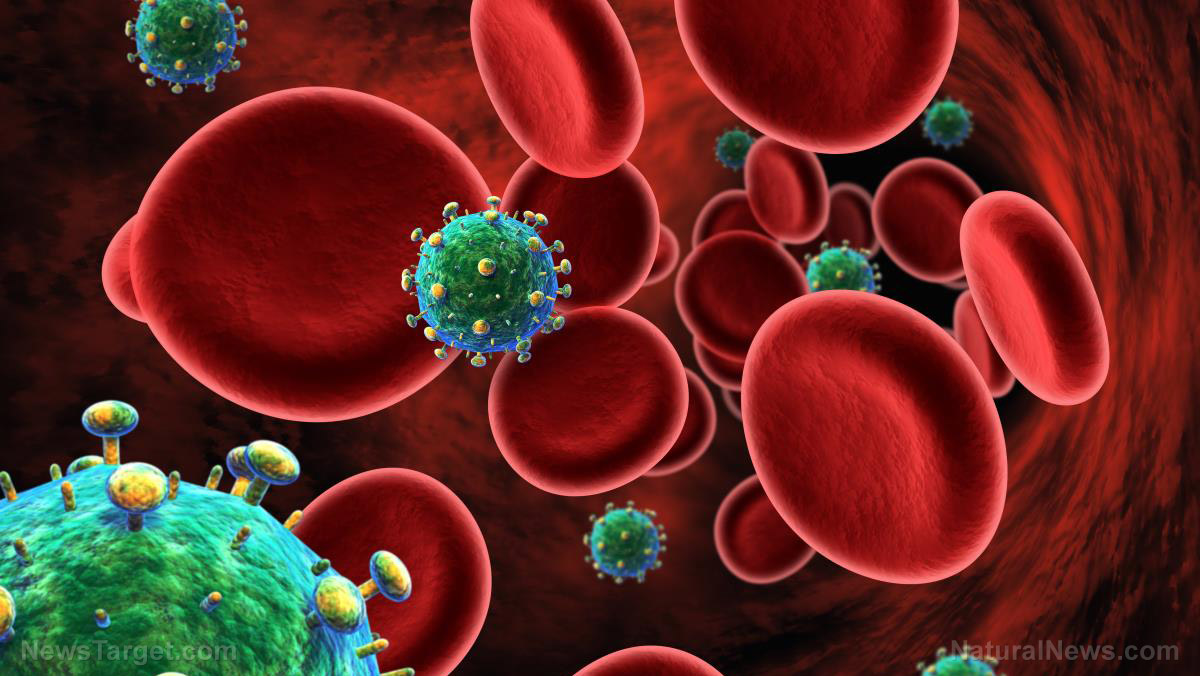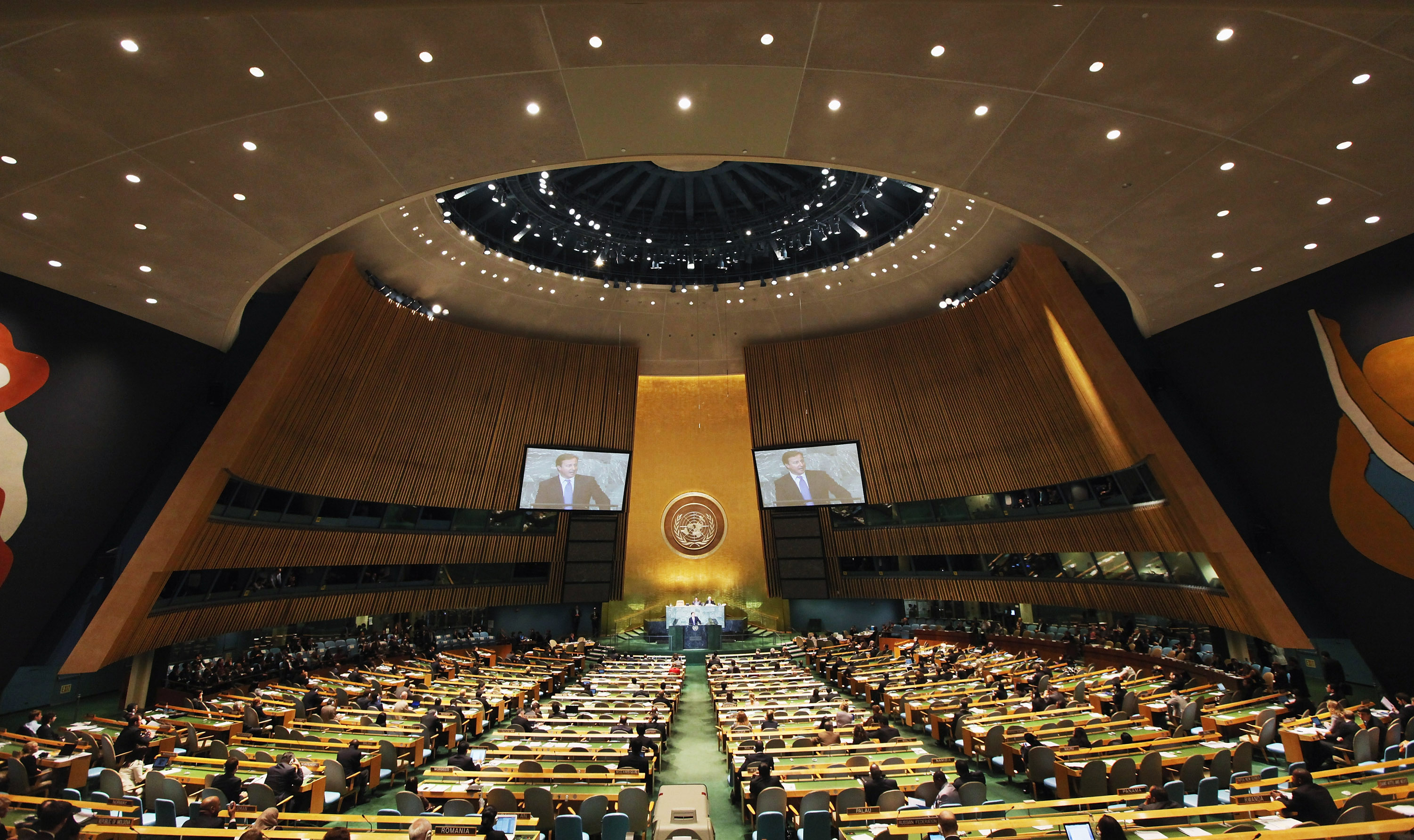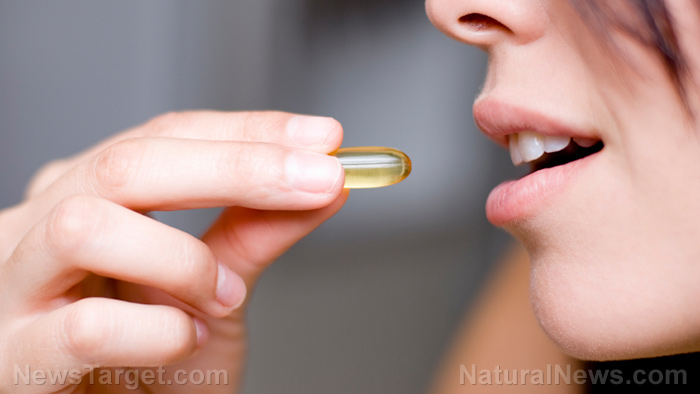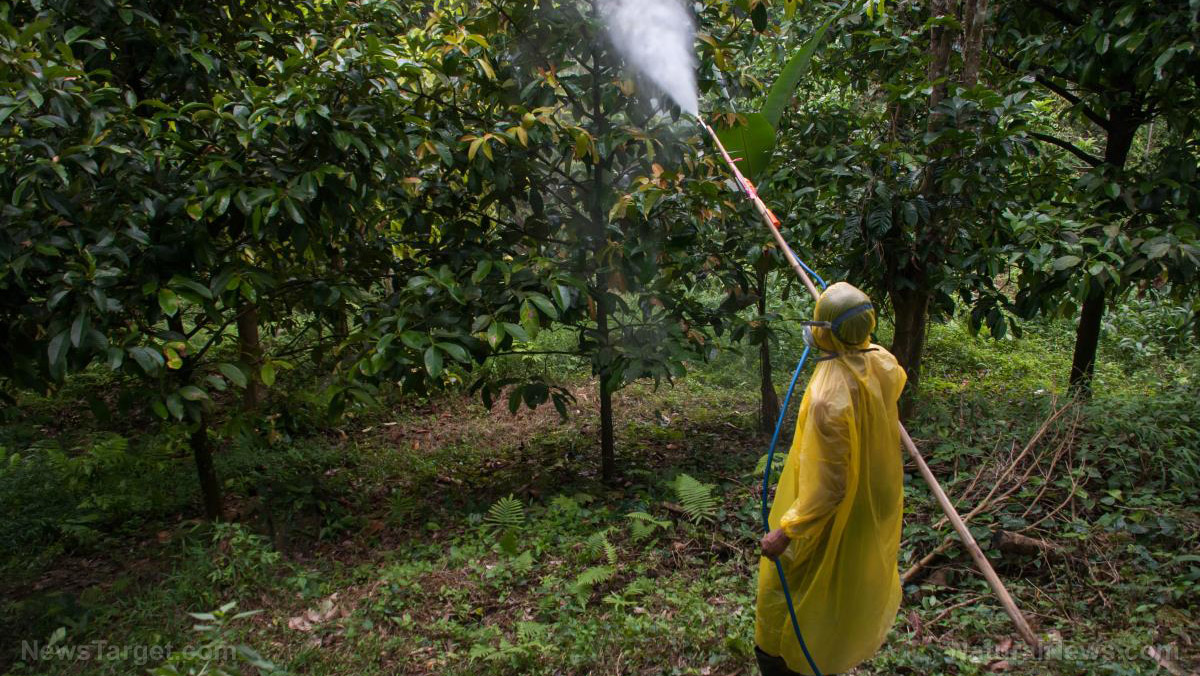Gotta love the love apple: It prevents osteosarcoma from spreading
05/22/2019 / By Evangelyn Rodriguez

Paris polyphylla, also known as love apple, is a perennial herb that can be found mostly in South East Asia. This medicinal plant is a member of the Melanthiaceae family and it has found wide usage in traditional Chinese medicine. According to studies, P. polyphylla possesses antimicrobial, anti-tumor, and anticancer properties. To determine its potential as an anticancer agent, particularly against osteosarcoma, the most common cancer in the bones, researchers from Nanjing University in China tested P. polyphylla extracts against different osteosarcoma cell lines. They also investigated the mechanisms underlying its activity. The results of their study were published in The American Journal of Chinese Medicine.
P. polyphylla extracts against bone cancer
In traditional Chinese medicine, P. polyphylla is known as an antipyretic (reduces fever) and a detoxifying agent. But for thousands of years, it has also been applied extensively in cancer treatments. To evaluate its anti-osteosarcoma effects, the Chinese researchers obtained P. polyphylla extracts using ethanol as solvent. They then tested the antiproliferation activity of the P. polyphylla ethanol extracts (PPEE) on 143B, MG-63, U-2 OS, and hFOB1.19 cells using MTT assay. (Related: Stage-4 bone marrow cancer reversed naturally.)
143B cells are commercially available human osteosarcoma cells that are thymidine kinase negative. Thymidine kinase is an enzyme that plays a role in the salvage pathway of DNA synthesis and whose levels are indicative of proliferation. MG-63 and U-2 OS are also human osteosarcoma cell lines; MG-63 cells have fibroblast-like morphology while the U2-Os cell line, one of the first cell lines to be generated, exhibits epithelial-cell-like morphology. hFOB1.19 cells, on the other hand, are human osteoblasts or bone cells.

To confirm the pro-apoptotic and cell-cycle effects of PPEE, the researchers used Hoechst 33342 staining and flow cytometry. Hoechst 33342 staining uses a fluorescent dye to stain the DNA and nuclei of cells. It is especially useful in determining cell death or apoptosis. They also used Transwell and 3d culture assays together with wound healing to investigate the anti-migratory, anti-invasive, and anti-vasculogenic mimicry effects of PPEE. Transwell assay is a migration assay used to study the migratory response of epithelial cells.
Lastly, they used a mouse xenograft (tissue graft) model to determine the anti-osteosarcoma efficacy of PPEE in vivo and assessed its toxicity using hematologic profiles and evaluation of hepatorenal functions.
P. polyphylla suppresses proliferation, tumor-formation of bone cancer cells
The researchers reported that PPEE was able to suppress the proliferation of 143B, MG-63, and U2-OS cells. Interestingly, it showed little cytotoxicity against normal osteoblastic cells, suggesting a favorably selective anti-proliferation activity that leaves normal cells unaffected.
PPEE also promoted apoptosis in 143B cells via caspase activation, increased Bax/Bcl-2 ratio, and PARP cleavage. Caspases are enzymes involved in programmed cell death and activation of caspases, in particular, caspase-3, which inactivates the PARP protein. PARP cleavage is a marker of caspase-mediated cell death while upregulation of Bax/Bcl-2 ratio is also associated with apoptosis.
In terms of cell cycle effect, PPEE induced G2/M phase arrest associated with elevated phosphorylation of CDK1, Cdc25C, Chk2, and the down-regulation of cyclin B1, CDK1, Cdc25C expression. The G2 phase is where cell repair and preparation for mitosis (M phase) occurs. According to studies, arresting the G2/M phase enhances cell apoptosis.
PPEE also inhibited 143B cell migration, invasion, and vasculogenic mimicry (VM) at noncytotoxic concentrations by decreasing the expression of FAK, Mig-7, MMP2, and MMP9. VM is a blood supply system independent of endothelial cells that is found in tumors. The presence of VM is associated with a high tumor grade, short survival, invasion, and metastasis.
In vivo, daily oral administration of PPEE for four weeks also showed potent antitumor and anti-VM activity in 143B xenograft models with low toxicity.
Based on these results, the researchers concluded that PPEE possesses anti-VM and anti-osteosarcoma activity in vitro and in vivo, making it a potential candidate for osteosarcoma treatment.
Sources include:
ClinCancerRes.AACRJournals.org
Molecular-Cancer.BiomedCentral.com
Submit a correction >>
Tagged Under:
alternative medicine, antipyretic, antitumor, bone cancer, bone health, cancer cures, disease treatments, herbal medicine, love apple, natural cures, natural medicine, osteosarcoma, Paris polyphylla, prevention, research, TCM, traditional Chinese medicine
This article may contain statements that reflect the opinion of the author

